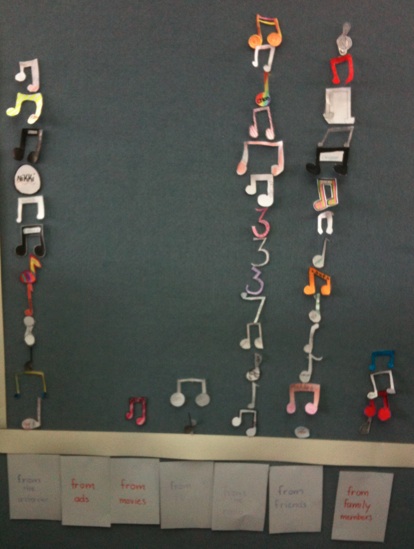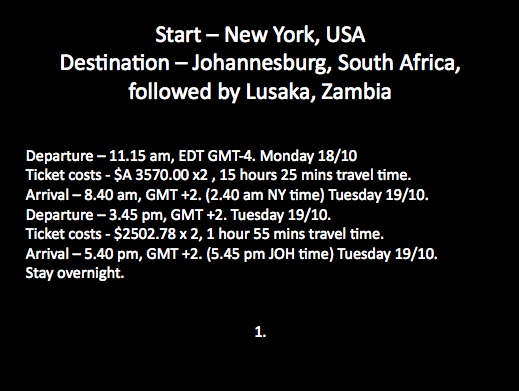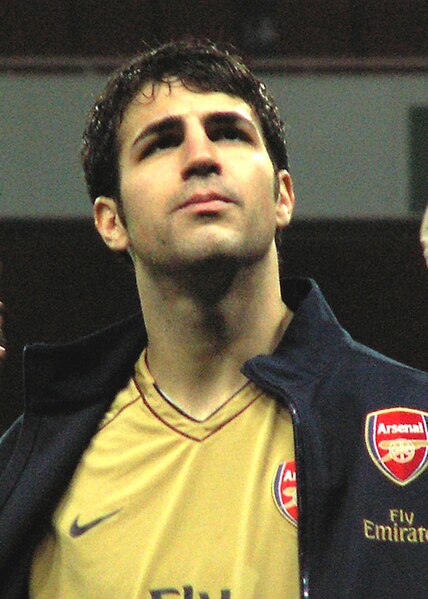I've just spent the last two days at a fantastic event hosted by ACEL (Australian Council of Educational Leadership) and led by the amazing Simon Breakspear. It was held for "Emerging Leaders" and it is nice to think of myself as fitting into the category somewhat, although I would definitely say that it has taken a fair while in terms of years for me to start to emerge. (A little more along that train of thought in another post.)
Anyway, one of Simon's recurring terms for teachers who are innovative, striving to improve and renowned for outstanding practice is "rock star teachers." He had this fantastic image up on screen of a guy drinking directly from the coffee jug as a visual metaphor for where these teachers are at this time of term as their energy levels start to flag from running at a furious pace from the start of the year. He painted this picture of teachers who push so hard in their job that they often forget to have lunch but who maintain the respect of their students the whole time, and who never stop trying to present the best possible learning scenarios for them.
The phrase has stuck with me, because as he spoke I started thinking about the "rock star teachers" I'm lucky enough to work with every day in my learning team. They fit his description perfectly. I've never worked with a bunch of colleagues who work as hard, who hold themselves to such high standards, who email each other and post stuff to share on our wiki with each other at insanely late hours, who take improvement so seriously as the team I work with right now. They are deserving of this title. They should be adulated and cheered by students as they stroll through the school. I know they are appreciated even though they are more of a "supergroup". Think of a teacher version of the "Traveling Wilburys" and they are a privilege to work with.
This morning, Simon had his PollEverywhere SMS system working and asked us to send in any message about the previous day that had stuck. I took the opportunity and sent this in:
That if we're talking about rock star teachers, then we do need to beware the burnt out rock star teacher!
I know that the metaphor is handy in a lot of ways to describe those high achieving teachers who lead out from the classroom. True rock stars progress in their musical talents and generally become better and more mature as their career advances, although it can only take a short amount of time to be propelled to stardom. But take on too much and you run the risk of being the burnt out rock star. The rock star teacher needs careful management to preserve their precious talent, because like many real life rock stars, their vocation can be detrimental to their own well being and health.










